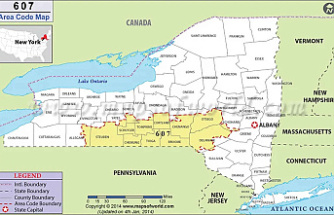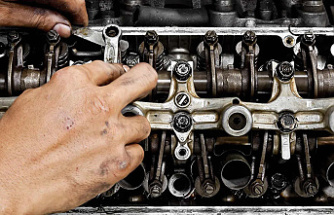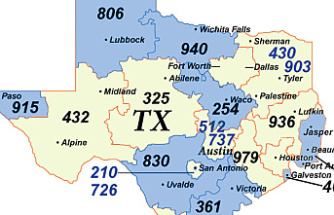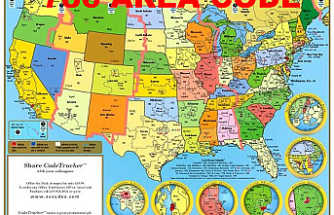Siberia’s enormous “hellmouth” crater in the melting permafrost is growing fast — and it’s opening a portal to a 200,000-year-old world.
The Batgaika crater, known to the local Yakutian people as the “doorway to the underworld,” is one of the largest of a growing number of pits collapsing across the Siberian landscape as the ice beneath the surface turns to slush — and methane gas.
But this crater in particular offers some form of a silver lining.
It’s revealing eons of climate change in the region, along with long-buried animal carcasses and petrified forests.
The half-mile-wide, 275-foot-deep crater is growing at the rate of 30 to 100 feet a year as the ice around its edges gives way. Researchers say it’s also getting gradually deeper.
But a study in the science journal Quarternary Research says that, along with its ominous release of greenhouse gas, the stratified layers of the crater’s sides are releasing immense historical climate data.
Preserved in the melting permafrost are layers of pollen revealing that the area was once covered by open tundra. But there are also two prominent bands of tree stumps, showing the land was once dense forest.
Among it all are the remains of ancient mammoth, musk ox, and even a 4,400-year-old horse.
Put together, it’s all painting a picture of gradual changes in climate over the course of tens of thousands of years. Researchers hope it will help them predict what will happen in coming decades.
University of Sussex professor Julian Murton says the last time Siberia appears to have experienced the formation of “hellsmouth” craters was 10,000 years ago — when the Earth woke from the last ice age.
One forest-bed remnant sits above an even older landscape that had been heavily eroded.
“This was probably when permafrost thawed in a past episode of climate warming,” Murton said.
But greenhouse gas levels in our atmosphere are much higher now than then. Current figures place the saturation level at 400 parts per million of CO2. Back then, it was 280 parts per million.
This article originally appeared on News.com.au.
Our editors found this article on this site using Google and regenerated it for our readers.












